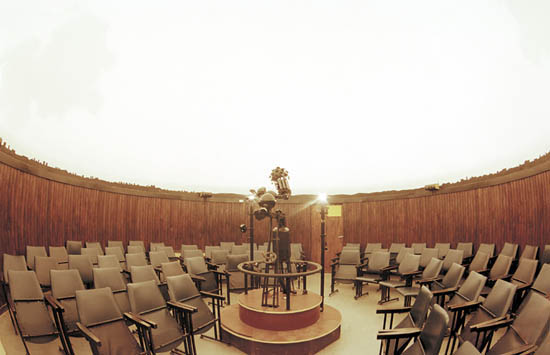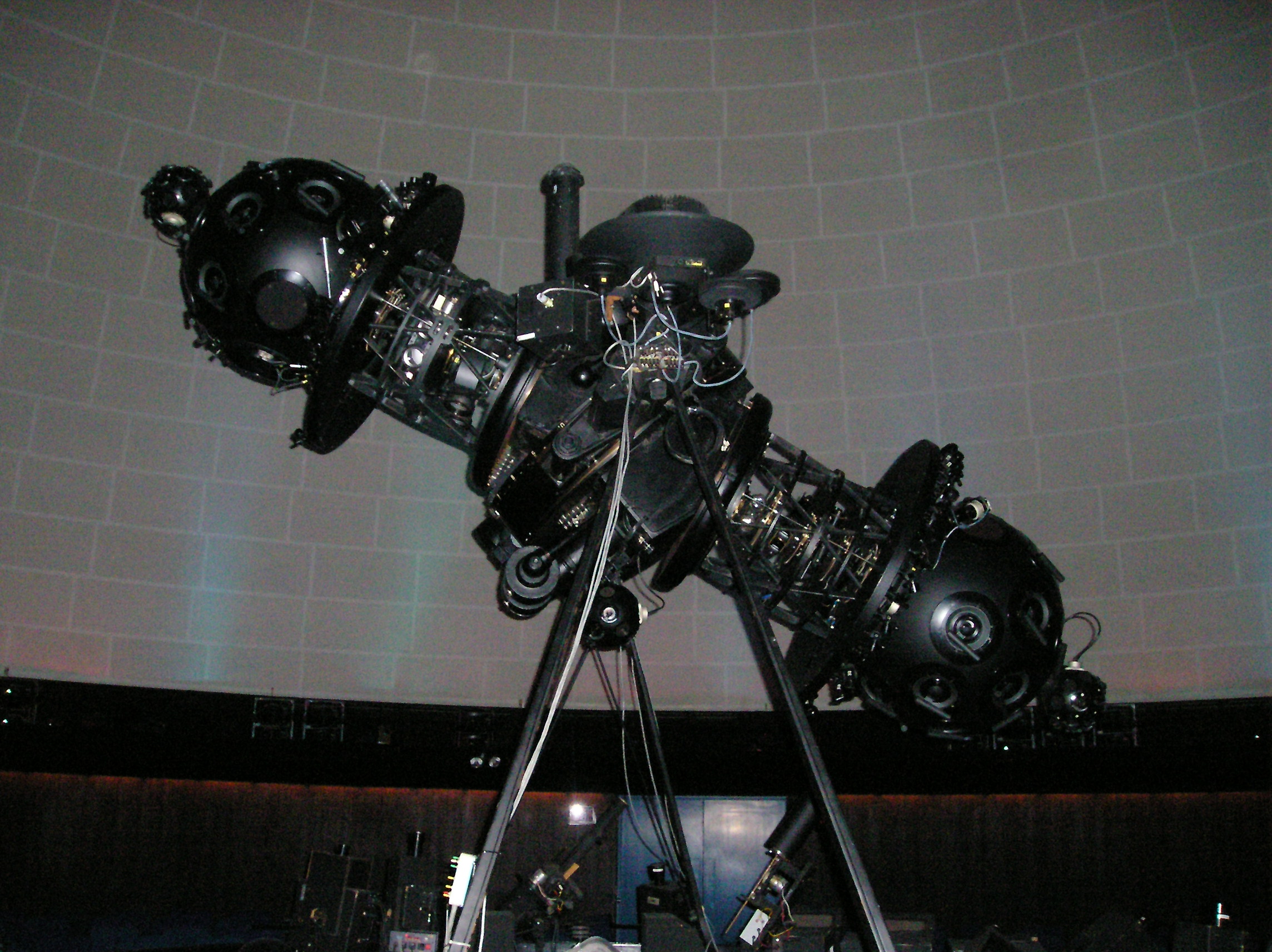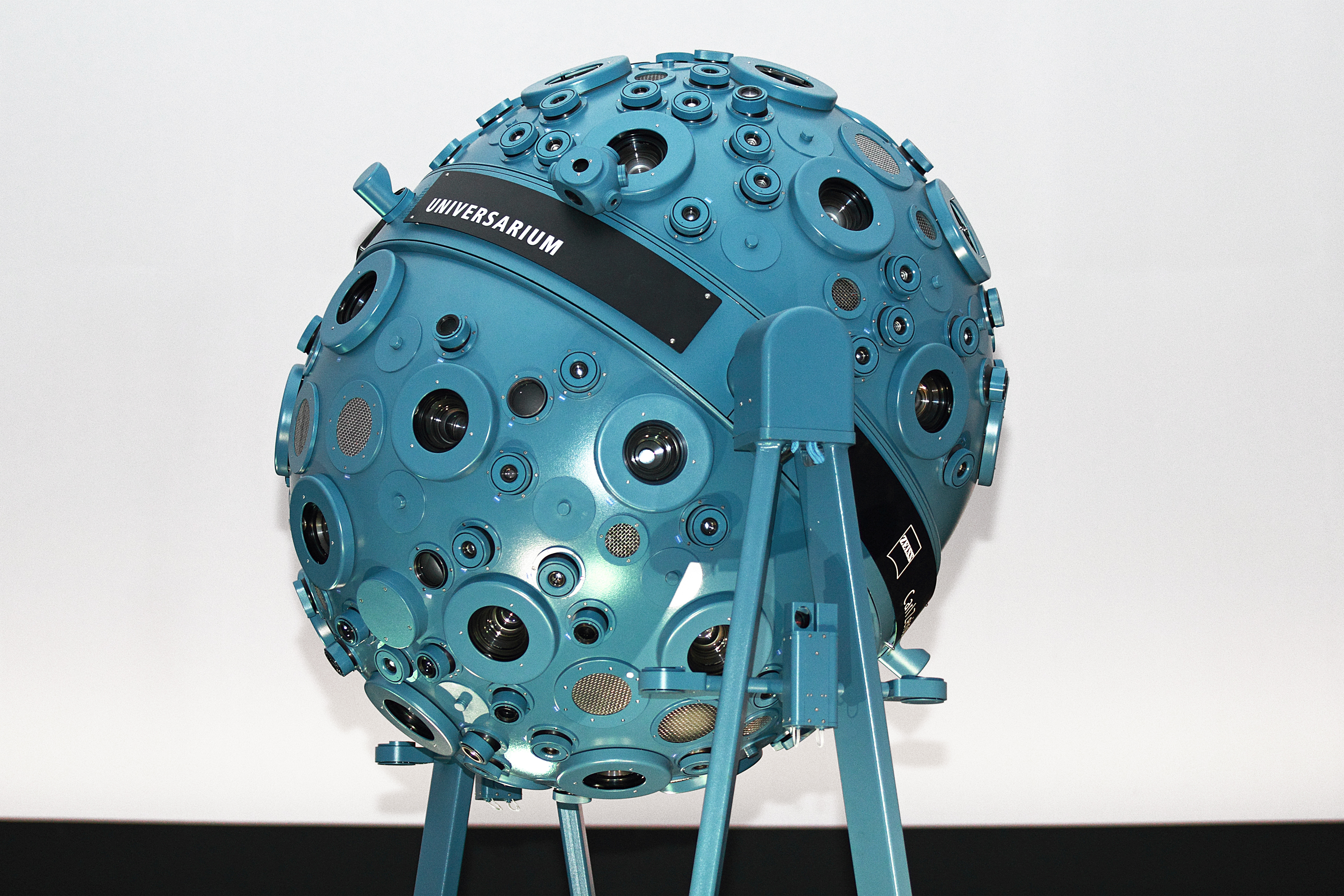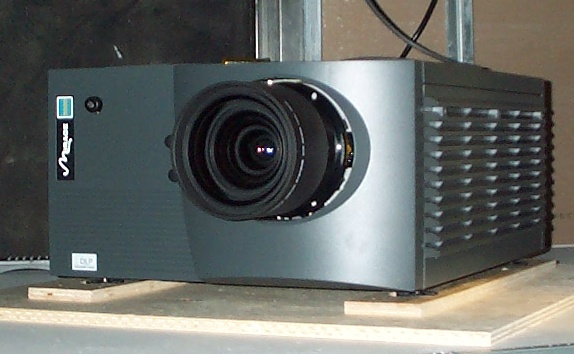|
Bangkok Planetarium
The Bangkok Planetarium (, ') is the oldest planetarium in Thailand and Southeast Asia. It is located on Sukhumvit Road in Bangkok as part of the Science Centre for Education, which is operated by the Department of Non-Formal Education of the Ministry of Education.The complex was built to educate the youth and general public about science and astronomy. Construction of the planetarium began in 1962 with a budget of twelve million baht and it opened on 18 August 1964. The planetarium dome is 20.60 metres in diameter and 13 metres high, and holds 450 seats. The planetarium uses a Mark IV Zeiss projector, which was the first installation of a large planetarium projector A planetarium projector, also known as a star projector, is a device used to project images of celestial objects onto the dome in a planetarium. Modern planetarium projectors were first designed and built by the Carl Zeiss Jena company in Germa ... in Southeast Asia. Apart from the theatre itself, the building als ... [...More Info...] [...Related Items...] OR: [Wikipedia] [Google] [Baidu] |
Bangkok Planetarium (cropped)
Bangkok, officially known in Thai as Krung Thep Maha Nakhon and colloquially as Krung Thep, is the capital and most populous city of Thailand. The city occupies in the Chao Phraya River delta in central Thailand and has an estimated population of 10.539 million as of 2020, 15.3 percent of the country's population. Over 14 million people (22.2 percent) lived within the surrounding Bangkok Metropolitan Region at the 2010 census, making Bangkok an extreme primate city, dwarfing Thailand's other urban centres in both size and importance to the national economy. Bangkok traces its roots to a small trading post during the Ayutthaya Kingdom in the 15th century, which eventually grew and became the site of two capital cities, Thonburi in 1768 and Rattanakosin in 1782. Bangkok was at the heart of the modernization of Siam, later renamed Thailand, during the late-19th century, as the country faced pressures from the West. The city was at the centre of Thailand's political struggl ... [...More Info...] [...Related Items...] OR: [Wikipedia] [Google] [Baidu] |
Planetarium
A planetarium ( planetariums or ''planetaria'') is a theatre built primarily for presenting educational and entertaining shows about astronomy and the night sky, or for training in celestial navigation. A dominant feature of most planetariums is the large dome-shaped projection screen onto which scenes of stars, planets, and other celestial objects can be made to appear and move realistically to simulate their motion. The projection can be created in various ways, such as a star ball, slide projector, video, fulldome projector systems, and lasers. Typical systems can be set to simulate the sky at any point in time, past or present, and often to depict the night sky as it would appear from any point of latitude on Earth. Planetaria range in size from the 37 meter dome in St. Petersburg, Russia (called “Planetarium No 1”) to three-meter inflatable portable domes where attendees sit on the floor. The largest planetarium in the Western Hemisphere is the Jennifer Chalsty P ... [...More Info...] [...Related Items...] OR: [Wikipedia] [Google] [Baidu] |
Thailand
Thailand ( ), historically known as Siam () and officially the Kingdom of Thailand, is a country in Southeast Asia, located at the centre of the Indochinese Peninsula, spanning , with a population of almost 70 million. The country is bordered to the north by Myanmar and Laos, to the east by Laos and Cambodia, to the south by the Gulf of Thailand and Malaysia, and to the west by the Andaman Sea and the extremity of Myanmar. Thailand also shares maritime borders with Vietnam to the southeast, and Indonesia and India to the southwest. Bangkok is the nation's capital and largest city. Tai peoples migrated from southwestern China to mainland Southeast Asia from the 11th century. Indianised kingdoms such as the Mon, Khmer Empire and Malay states ruled the region, competing with Thai states such as the Kingdoms of Ngoenyang, Sukhothai, Lan Na and Ayutthaya, which also rivalled each other. European contact began in 1511 with a Portuguese diplomatic mission to Ayuttha ... [...More Info...] [...Related Items...] OR: [Wikipedia] [Google] [Baidu] |
Bangkok
Bangkok, officially known in Thai as Krung Thep Maha Nakhon and colloquially as Krung Thep, is the capital and most populous city of Thailand. The city occupies in the Chao Phraya River delta in central Thailand and has an estimated population of 10.539 million as of 2020, 15.3 percent of the country's population. Over 14 million people (22.2 percent) lived within the surrounding Bangkok Metropolitan Region at the 2010 census, making Bangkok an extreme primate city, dwarfing Thailand's other urban centres in both size and importance to the national economy. Bangkok traces its roots to a small trading post during the Ayutthaya Kingdom in the 15th century, which eventually grew and became the site of two capital cities, Thonburi in 1768 and Rattanakosin in 1782. Bangkok was at the heart of the modernization of Siam, later renamed Thailand, during the late-19th century, as the country faced pressures from the West. The city was at the centre of Thailand's political struggl ... [...More Info...] [...Related Items...] OR: [Wikipedia] [Google] [Baidu] |
Science Centre For Education
The Science Center for Education (, ') is a science museum in Khlong Toei District, Bangkok, Thailand. It is located next to the Eastern Bus Terminal (Ekkamai) on Sukhumvit Road, and is a science exhibition center. It includes an aquarium, a computer world, a planetarium, and workshops/devices intended for children. History The Science Center was established in 1992 by the merger of the Bangkok Planetarium which was established in 1964 and the Center for Educational Museum which was established in 1976. Exhibitions The exhibition is divided into; * The Planetarium hall – the semidome planetarium is the most popular permanent fixture at Bangkok Science Museum. There are presentations shown inside the hall with topics changing every 2 months. * Exhibition hall 2 – exhibits the advancements of technologies in various fields, such as THEOS, Quickbird, Terra satellite, and more. * Exhibition hall 3 – exhibits aquatic life; rare fish, endangered fish, freshwater fish, and sa ... [...More Info...] [...Related Items...] OR: [Wikipedia] [Google] [Baidu] |
Zeiss Projector
A Zeiss projector is one of a line of planetarium projectors manufactured by the Carl Zeiss Company. Main models include Copernican (1924), Model I (1925), Model II (1926), Model III (1957), Model IV (1957), Model V (1965), Model VI (1968), Spacemaster (1970), Cosmorana (1984), Skymaster ZKP2 (1977), and Skymaster ZKP3 (1993). The first modern planetarium projectors were designed and built in 1924 by the Zeiss Works of Jena, Germany in 1924.Christopher Dewdney. Acquainted with the Night: Excursions Through the World After Dark'. Bloomsbury Publishing USA; 2005 ited 14 October 2011 . p. 278–279. Zeiss projectors are designed to sit in the middle of a dark, dome-covered room and project an accurate image of the stars and other astronomical objects on the dome. They are generally large, complicated, and imposing machines. The first Zeiss Mark I projector (the first planetarium projector in the world) was installed in the Deutsches Museum in Munich in August, 1923. It poss ... [...More Info...] [...Related Items...] OR: [Wikipedia] [Google] [Baidu] |
Planetarium Projector
A planetarium projector, also known as a star projector, is a device used to project images of celestial objects onto the dome in a planetarium. Modern planetarium projectors were first designed and built by the Carl Zeiss Jena company in Germany between 1923 and 1925, and have since grown more complex. Smaller projectors include a set of fixed stars, Sun, Moon, and planets, and various nebulae. Larger machines also include comets and a far greater selection of stars. Additional projectors can be added to show twilight around the outside of the screen (complete with city or country scenes) as well as the Milky Way. Still others add coordinate lines and constellations, photographic slides, laser displays, and other images. The OMNIMAX movie system (now known as IMAX Dome) was originally designed to operate on planetarium screens. Companies that make (or have made) planetarium projectors include Carl Zeiss Jena (Germany), Spitz (US), Goto and Minolta (Japan), Evans & Suther ... [...More Info...] [...Related Items...] OR: [Wikipedia] [Google] [Baidu] |
Christie (company)
Christie is an audiovisual company headquartered in Cypress, California. History Christie was founded in 1929 by S.L. Christie in California. It made a name for itself as a manufacturer of 35mm film movie projectors, lamp houses, lamp consoles and film platter systems. It acquired the Kitchener, Ontario-based digital projection business of Electrohome in 1999. Christie was the first licensee of Texas Instruments' Digital Light Processing technology. As of 2019, more than 65,000 Christie projectors have been installed worldwide, powering 10 million screenings. Christie acquired Vista Controls Systems in 2007, makers of video processing systems, including the Spyder. In 2009, Christie launched MicroTiles, modular 16" × 12" (408 mm × 306 mm) LED-powered DLP-based units that can be built together into a large video wall-style display. In 2013, Christie launched the Matrix StIM WQ and Matrix SIM WQ projectors. These projectors were designed for simulation and training applic ... [...More Info...] [...Related Items...] OR: [Wikipedia] [Google] [Baidu] |
Planetaria
A planetarium ( planetariums or ''planetaria'') is a Theater (structure), theatre built primarily for presenting educational entertainment, educational and entertaining shows about astronomy and the night sky, or for training in celestial navigation. A dominant feature of most planetariums is the large dome-shaped celestial sphere, projection screen onto which scenes of stars, planets, and other astronomical object, celestial objects can be made to appear and move realistically to simulate their motion. The projection can be created in various ways, such as a Planetarium projector, star ball, slide projector, video, fulldome projector systems, and lasers. Typical systems can be set to simulate the sky at any point in time, past or present, and often to depict the night sky as it would appear from any point of latitude on Earth. Planetaria range in size from the 37 meter dome in St. Petersburg, Russia (called “Planetarium No 1”) to three-meter inflatable portable domes wher ... [...More Info...] [...Related Items...] OR: [Wikipedia] [Google] [Baidu] |
Museums In Bangkok
Bangkok, the capital of Thailand, is one of the world's top tourist destination cities. Each year, approximately 22.7 million international visitors arrive in Bangkok. MasterCard ranked Bangkok as the world's top destination city (by international visitor arrivals in its Global Destination Cities Index), with 15.98 million projected visitors in 2013. It topped the MasterCard Global Destinations Cities Index as the most visited city in the world in 2012, 2013, 2016, 2017 and 2018. The city is ranked fourth in cross-border spending, with 14.3 billion dollars projected for 2013, after New York, London and Paris. Euromonitor International ranked Bangkok sixth in its Top City Destinations Ranking for 2011. Bangkok has also been named "World's Best City" by ''Travel + Leisure'' magazine's survey of its readers for four consecutive years since 2010. As the principal gateway for arriving visitors, Bangkok is visited by the majority of international tourists to the country. Domestic touris ... [...More Info...] [...Related Items...] OR: [Wikipedia] [Google] [Baidu] |
Science Museums In Thailand
Science is a systematic endeavor that builds and organizes knowledge in the form of testable explanations and predictions about the universe. Science may be as old as the human species, and some of the earliest archeological evidence for scientific reasoning is tens of thousands of years old. The earliest written records in the history of science come from Ancient Egypt and Mesopotamia in around 3000 to 1200 BCE. Their contributions to mathematics, astronomy, and medicine entered and shaped Greek natural philosophy of classical antiquity, whereby formal attempts were made to provide explanations of events in the physical world based on natural causes. After the fall of the Western Roman Empire, knowledge of Greek conceptions of the world deteriorated in Western Europe during the early centuries (400 to 1000 CE) of the Middle Ages, but was preserved in the Muslim world during the Islamic Golden Age and later by the efforts of Byzantine Greek scholars who brought Greek m ... [...More Info...] [...Related Items...] OR: [Wikipedia] [Google] [Baidu] |
.jpg)
.jpg)





.jpg)
